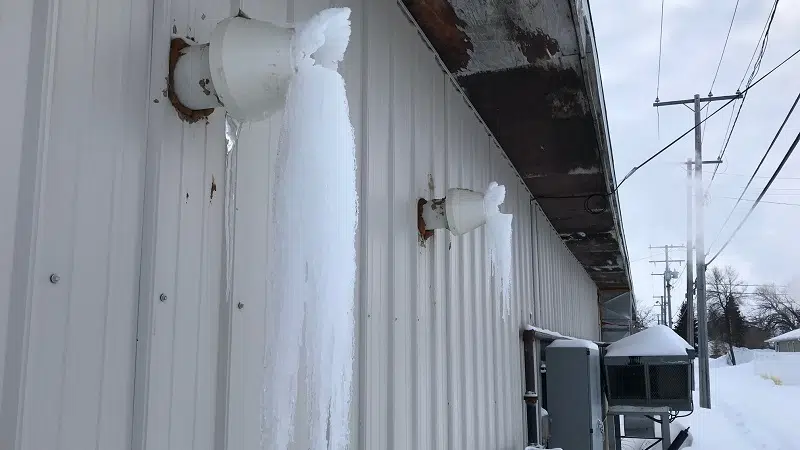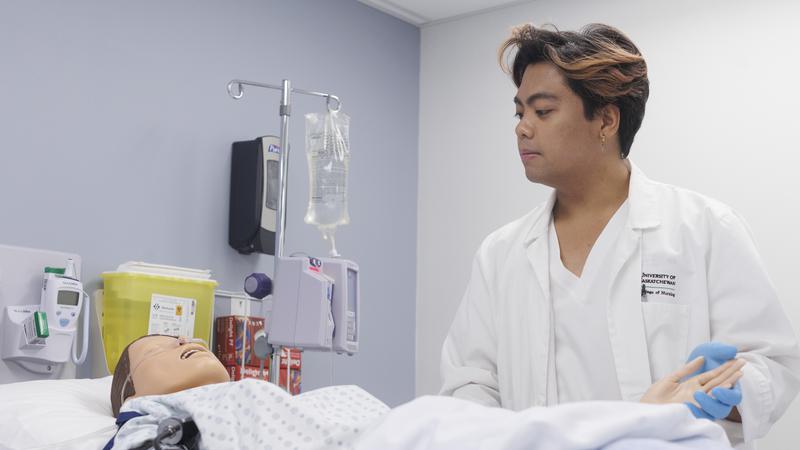
Paramedics watch for health hazards from frostbite to carbon monoxide
With temperatures expected to reach highs of -22 Celsius and lows of -35 C for the week, Melfort Ambulance Care is warning the public of indoor and outdoor dangers due to the cold.
Melfort Ambulance Care has unveiled a new abbreviation named C-O-L-D.
C-O-L-D stands for:


